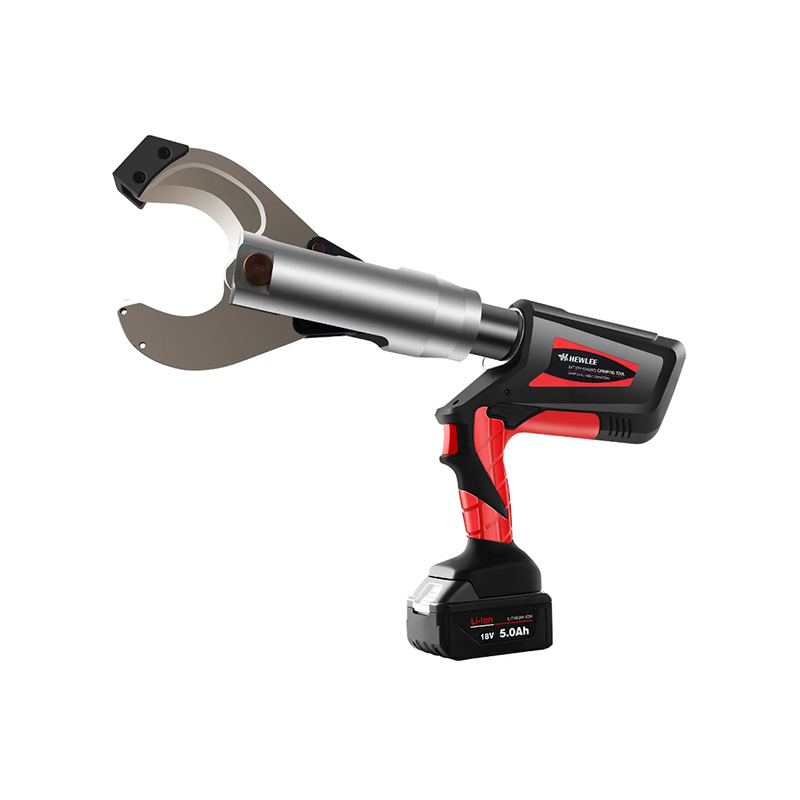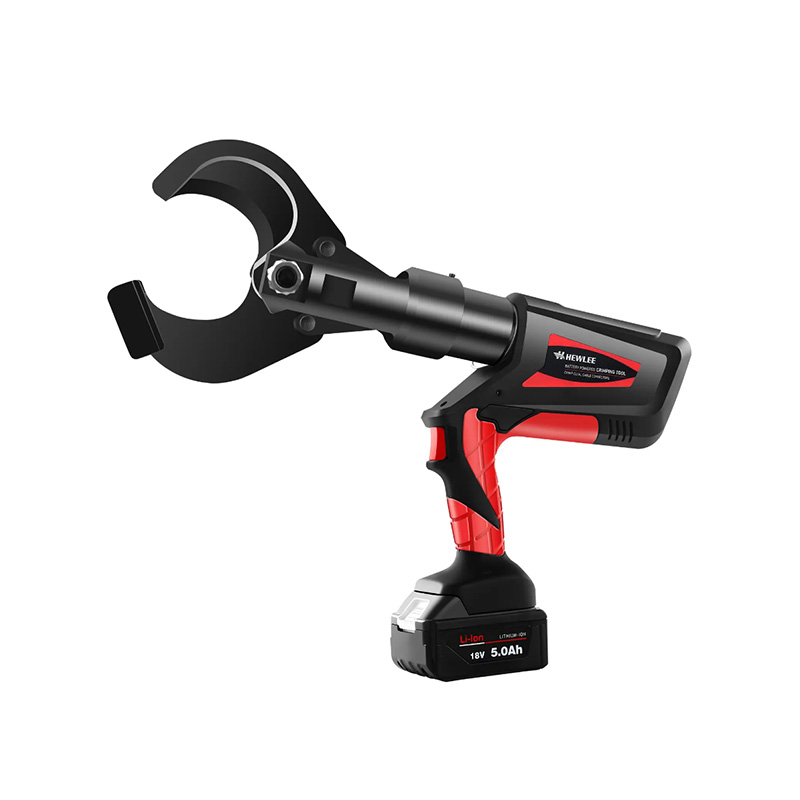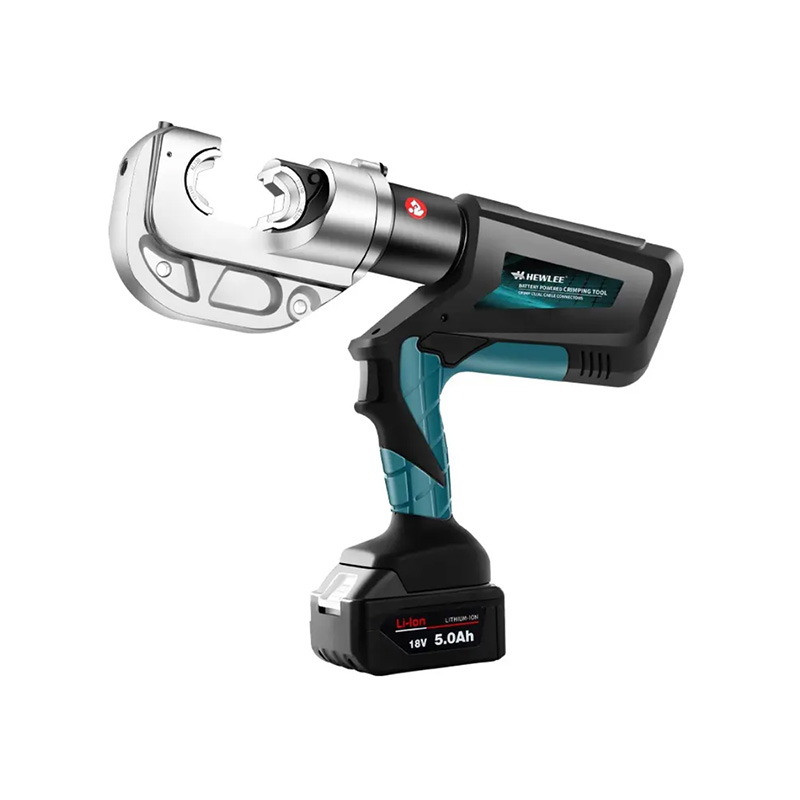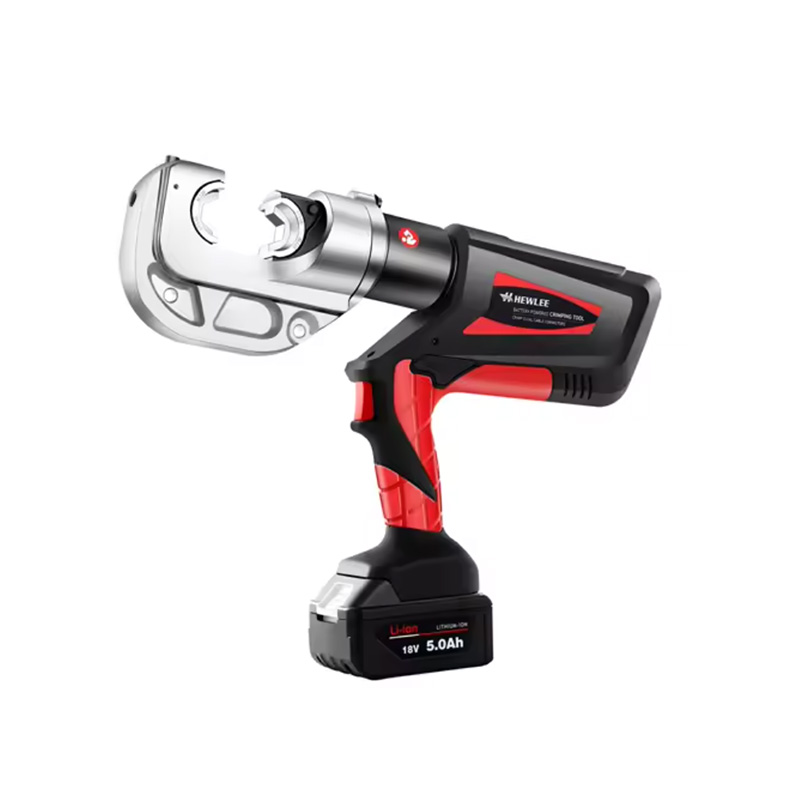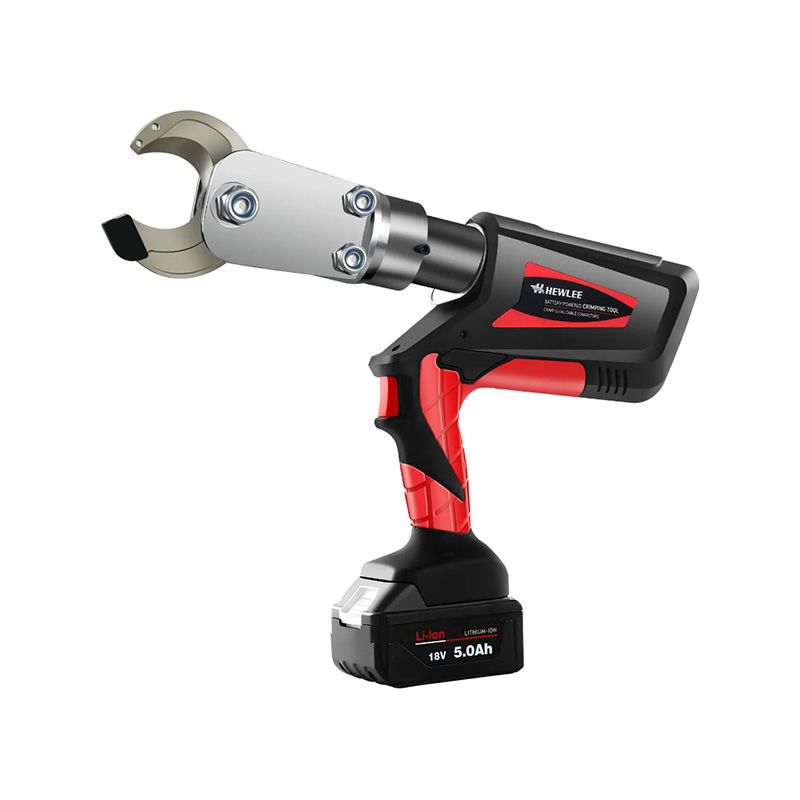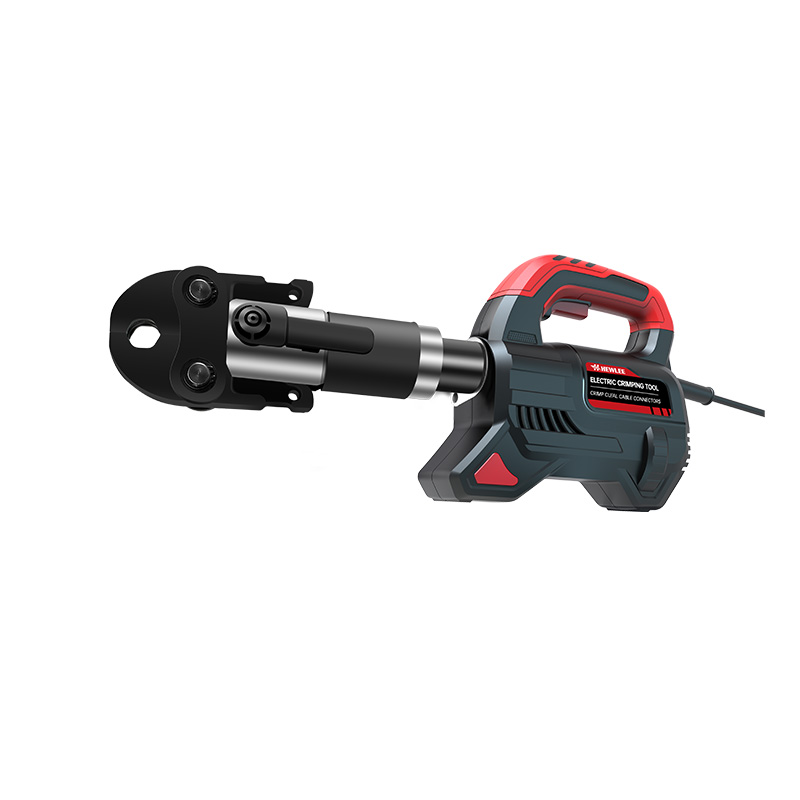Contact us to find out how our products can transform your business and take it to the next level.
Comparing Manual And Automated Crimping Solutions
 2024.10.21
2024.10.21
 Industry News
Industry News
Crimping tools play a crucial role in a variety of industries, ensuring that electrical connections are secure and reliable. Among the many options available, hydraulic crimping tools and portable crimping clamps have emerged as popular choices. This article aims to delve into the differences between manual and automated crimping solutions, examining their features, advantages, and potential drawbacks.
Understanding Crimping Tools
Crimping is a process used to join two pieces of metal by deforming one or both to hold the other. This is especially important in electrical applications where the integrity of connections is vital for safety and performance. Hydraulic crimping tools utilize hydraulic pressure to create a strong connection, making them suitable for heavier applications. In contrast, portable crimping clamps are designed for ease of use, often requiring less physical effort to operate.
Manual Crimping Solutions
Manual crimping tools are traditionally favored for their simplicity and low cost. Users typically have direct control over the crimping process, which can be advantageous in precision work. However, the effectiveness of manual crimping often depends on the user's skill and physical strength. This can advance to variability in the quality of connections produced.
Hydraulic crimping tools fall under the manual category, albeit with a twist. They provide increased force through hydraulic systems, allowing users to achieve strong and consistent connections without excessive physical effort. These tools are particularly beneficial for larger terminals and cables, making them ideal for industrial applications. However, they require a power source or manual pumping, which can limit their portability.
Automated Crimping Solutions
Automated crimping solutions have gained traction in recent years due to advancements in technology. These tools can significantly increase productivity by reducing the time spent on each connection. Automated crimpers are designed to handle high volumes of work, making them suitable for assembly lines where consistency and speed are essential.
One of the key advantages of automated crimping is the reduction in human error. With precise control over crimping pressure and timing, these machines deliver uniform results, less the risk of faulty connections. Additionally, automated crimpers often feature advanced safety mechanisms that further enhance workplace safety.
However, the initial investment for automated crimping tools can be substantial. Businesses must weigh the costs against potential long-term savings from increased efficiency. Furthermore, the complexity of automated systems may require specialized training for operators, adding to the overall cost of implementation.
Comparing Efficiency and Portability
When comparing the efficiency of manual and automated crimping solutions, it is essential to consider the scale of operations. For small-scale projects, manual hydraulic crimping tools may suffice, offering a balance of control and power. However, as project size increases, the advantages of automated crimpers become more apparent.
Portability is another factor to consider. Portable crimping clamps excel in situations where mobility is necessary, allowing users to perform crimping tasks in various locations. This can be particularly beneficial in fieldwork or maintenance scenarios where transporting larger hydraulic tools may be impractical.
On the other hand, while hydraulic crimping tools may not be as portable, they offer strength and reliability, making them a staple in many workshop environments. Their robustness allows for tackling larger projects without the limitations posed by smaller manual tools.
Choosing the Right Solution
Ultimately, the choice between manual and automated crimping solutions hinges on several factors, including project requirements, budget, and desired outcomes. For small, one-off projects, a portable crimping clamp or a manual hydraulic crimping tool may be more than adequate. However, for high-volume production or when precision is paramount, investing in an automated crimping solution could prove beneficial in the long run.
Businesses should also consider the nature of their operations. Industries that demand frequent, consistent crimping-such as automotive or electronics find that automated crimping tools justify their initial costs through improved efficiency and reduced error rates. Conversely, businesses with infrequent crimping needs may prefer the flexibility and lower investment associated with manual solutions.
In the realm of crimping solutions, both manual and automated options have distinct advantages and drawbacks. Hydraulic crimping tools offer significant power and reliability, while portable crimping clamps provide unmatched ease of use. By understanding the specific needs of their operations, businesses can make informed decisions, and ultimately pilot better connection quality and enhanced operational efficiency. Whether opting for the precision of automated solutions or the control of manual tools, the key lies in aligning the choice with the ultimate project goals.
 English
English русский
русский Español
Español
